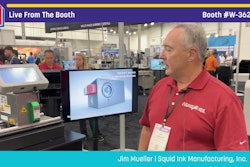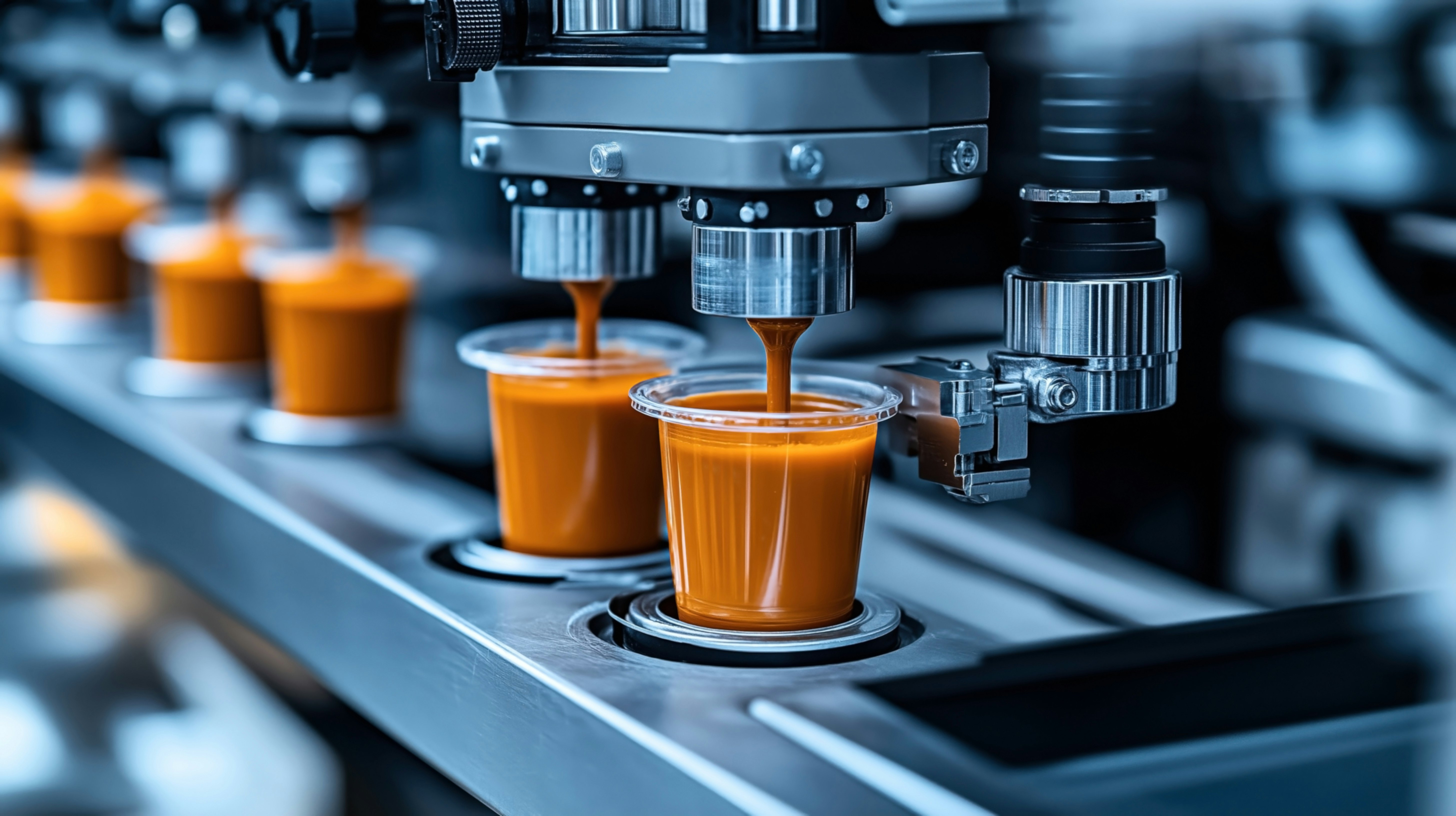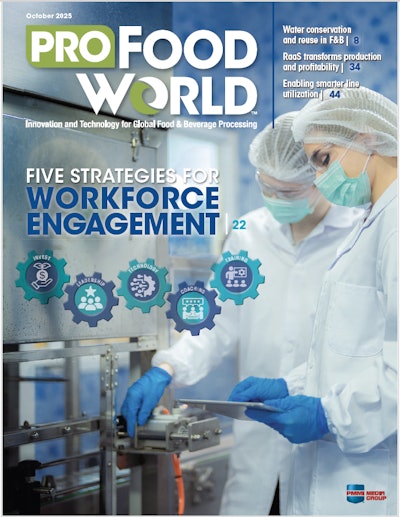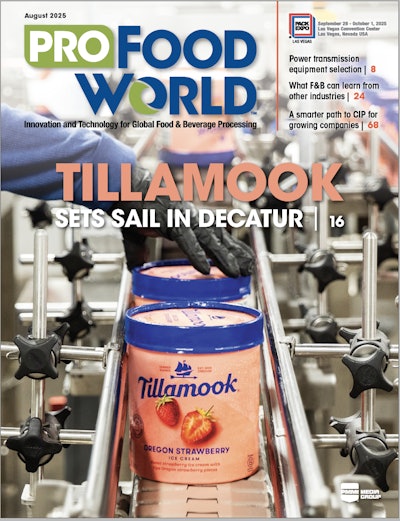
However, when you’re not the expert on a certain process in the medical device packaging supply chain, bringing your sterile packaging in-house can create problems.
Systems are available that MDMs can put in place to make sure their sealing and packaging process remains good over time, and one of those is in-process testing. There are three parts to in-process testing, and we’ll look at each one below.
1. Choose the correct test methods for in-process testing. Think about what is happening at your facility during the packaging process. Your operators are gowned up in the clean room, inserting your device into the packaging, and sealing it. Therefore, your in-process testing should be evaluating the sealing process. It is imperative that the sealing process remains good over time and it’s important that the packages being sealed are tested in-process for each lot to make sure there aren’t any weak seals going to market.
Choosing the test methods for your in-process testing should be conducted with some thought and planning. The recommendation for determining which test methods you should utilize is to refer to your medical device packaging validations and base your in-process testing off that.
Peel strength is a common test method used in packaging validation and is an excellent test method for proving the sealing process is still good over time. While bubble leak is a great package integrity test for the whole package, that test method wouldn’t be great for testing the integrity of the seal.
2. Onboard your test methods. Now that you’ve determined which test method(s) will be part of your production in-process testing, you’ll want to be sure that those test methods are properly onboarded with a test method validation (TMV).
Many MDMs perform various package integrity tests for their in-process testing, for example, bubble leak, dye leak, and peel strength. However, it’s not very often that those companies are doing any form of test method validation or that they understand what’s expected when putting those test methods in service.
A test method validation is part of the documented process for adopting a test method in-house. The TMV is intended to demonstrate that the method can be performed with repeatability and reproducibility and that the results obtained from the test are reliable. The TMV may include installation qualification (IQ) and calibration of equipment, training personnel to the method, conducting gage R&R studies, and establishing methods for quality control and verification.






















